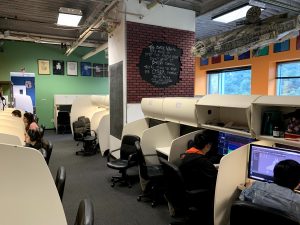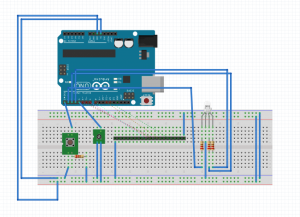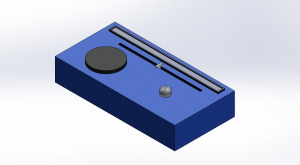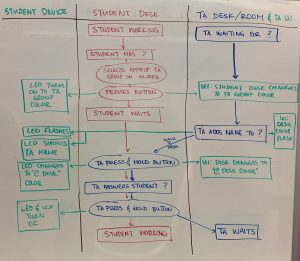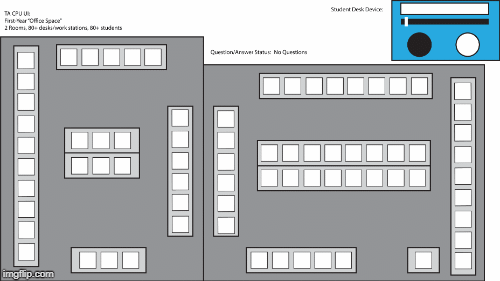State Machine(s): Kitchen Appliances
Problem: How many times have you made dinner one night and then woke up to a warmer apartment and/or kitchen the next day? Maybe a slight odor of gasoline? I can distinctly remember doing this twice… because I forgot to turn the stove off.
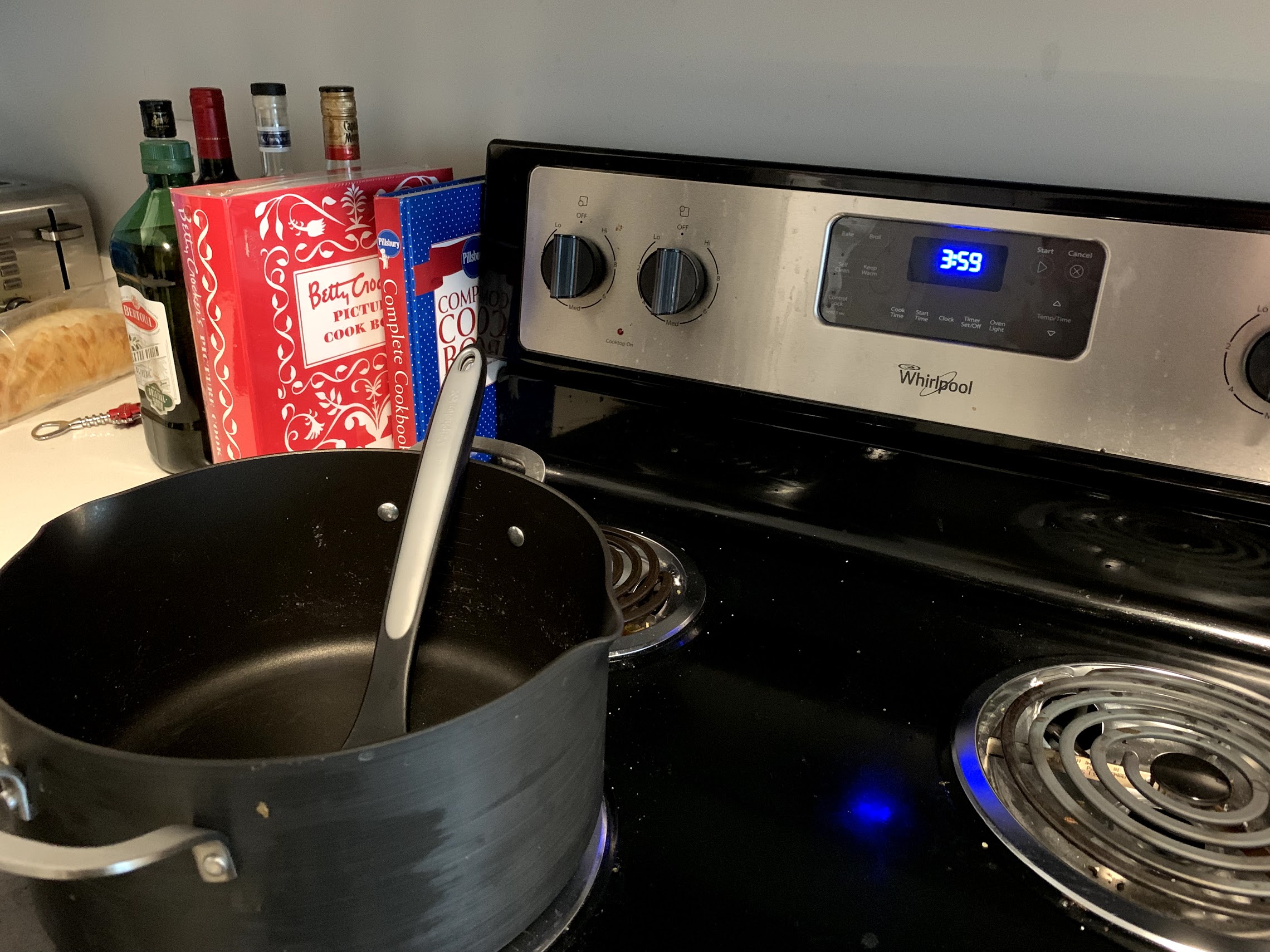
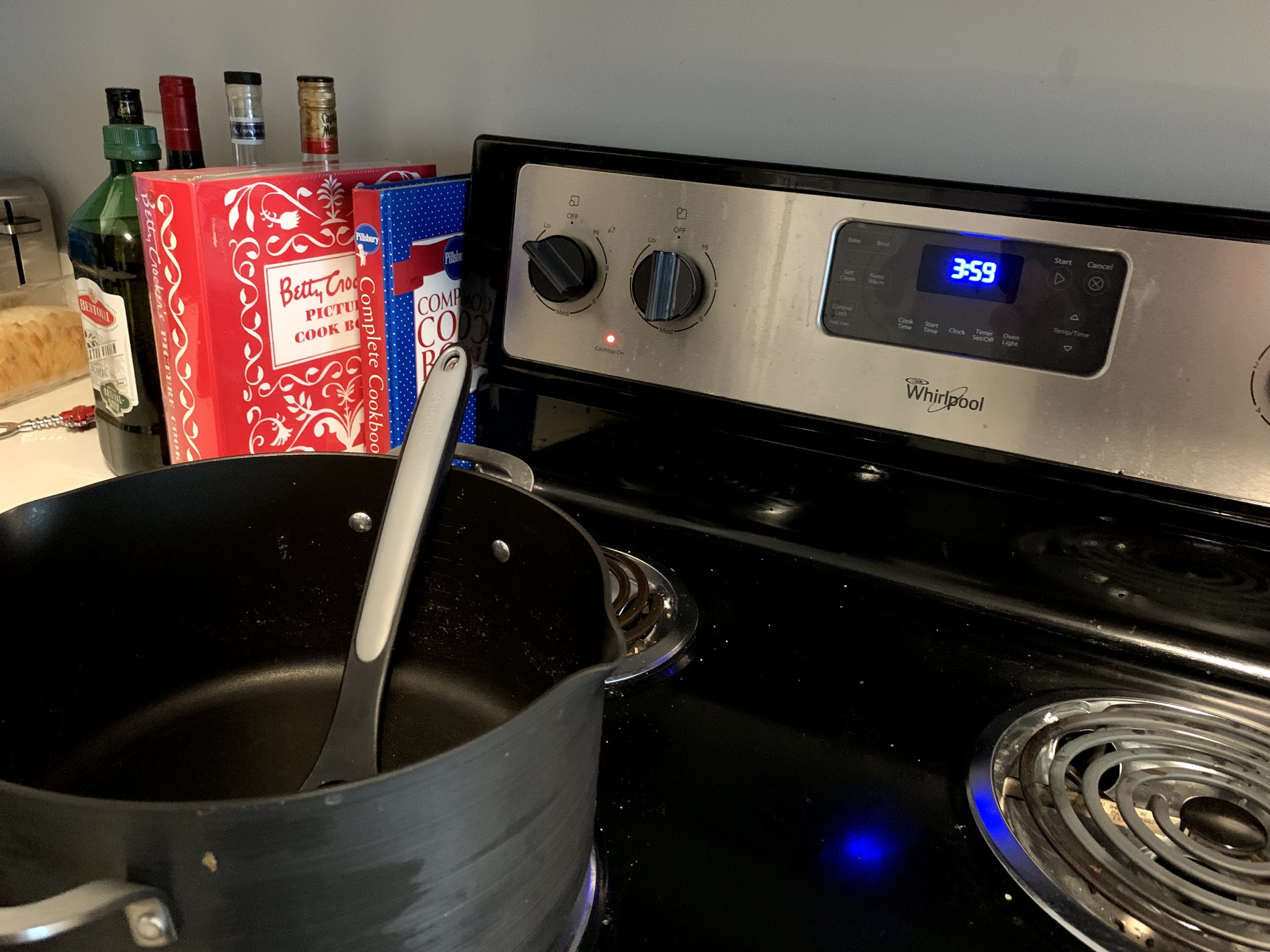
My electric stove has a knob to turn it on and specify the level of heat. Underneath the knob, is supposed to be a helpful indicator light that reminds the cook that the stove is on. Finally, there is an oven timer the cook can set to remind them to take their food off the stove. While the indicator light is a great idea, it does not help a whole lot when the cook is away from the stove. Along with the slight buzz of the stove being on and heat radiating, all of the stove’s feedback is useful for a cook at the stove; however, it is less than useless for a cook who has left the kitchen.
Describe the general solution: In the smart house of five years from now, doorways could house monitoring systems for various appliances or systems that would ensure that someone walking around the house can see if things in other rooms are left on.
Proof of Concept: I wired up a potentiometer to represent a stove or oven knob and an LCD screen (that includes a potentiometer) to represent a monitoring system to the microcontroller board. Essentially, the LCD screen reads out an “on” or “off” state of whatever appliance is connected to it. This system could allow for multiple appliances to be held accountable by the monitoring system; it also could allow for different users/homes to set preferences for various alerts/notifications for various states (flashing screen, no text when things are off, etc.).

Assignment 4 Files: Frtizing Diagram, Arduino Sketches, Prototype Video
